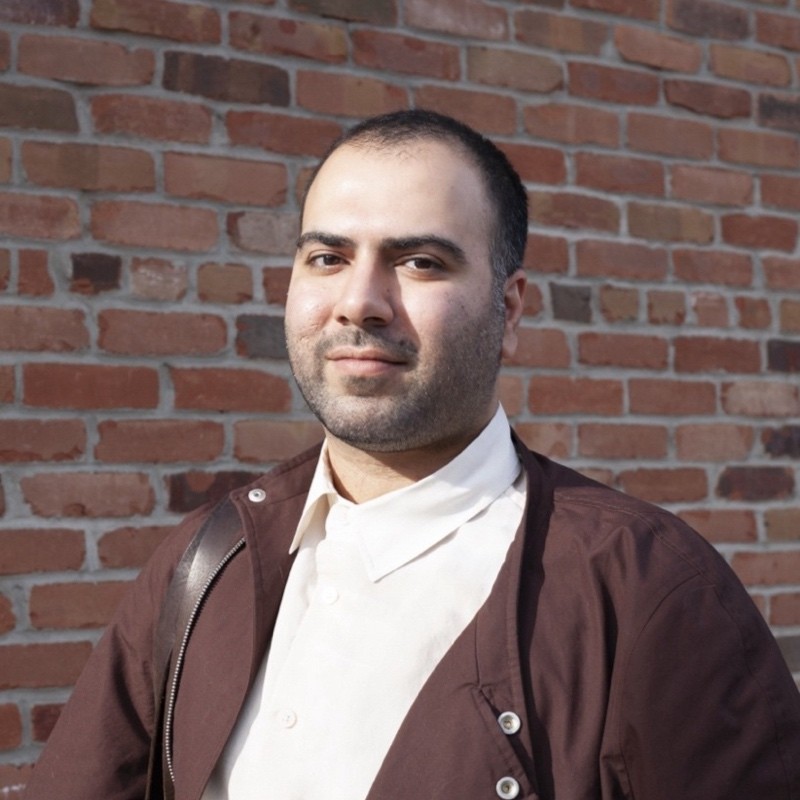Réservée aux étudiant·es de l’isdaT.
Dans le cadre des Résidences Transatlantiques 2024/2025, l’isdaT reçoit Nima Esmailpour, commissaire d’exposition, auteur et historien de l’art, du 17 au 31 mars 2025. Durant son temps de résidence à Toulouse, il rencontrera les étudiant·es, diplômé·es et partenaires de l’isdaT, et assistera à quelques cours et workshops. Cette résidence sera également l’occasion pour lui de découvrir l’écosystème toulousain de l’art contemporain.
Nima Esmailpour (he/him) is an emerging curator who is currently the Curatorial Fellow, Exhibitions, for the third edition of the Toronto Biennial of Art. He holds a Master’s degree in Art and Politics from Goldsmiths (University of London). Currently engaged in curatorial practice, leveraging insights from his academic research as a Ph.D. candidate in Art History from Concordia University in Montreal. His current curatorial practice focuses on decolonial approaches in artistic practice and processes of rehistoricization.
In the past few years, Nima has been involved in several collective curatorial projects and has contributed essays to art galleries and artist-run centres, including Window Winnipeg (Winnipeg), Articule Artist-Run Centre (Montreal), Eastern Bloc (Montreal), Regart (Levi), Modern Fuel (Kingston), Neutral Ground Artist- Run Centre (Regina), Trinity Square Video (Toronto), and Fragment Gallery (New York).
Additional links:
- She Who Sees the Unknown: Kabous, the Right Witness and the Left Witness by Morehshin Allahyari (Toronto Biennial of Art)
- https://shewhoseestheunknown.com (a long-term project by Morehshin Allahyari)
- (at the) Majlis Al-Jinn, a solo exhibition of Morehshin Allahyar, a text by Nima Esmailpour
“Through this residency, I aim to delve deeper into my curatorial practice, which revolves around exploring the intricate dynamics surrounding the preservation of artifacts as both historical objects and cultural heritage. Central to my inquiry is understanding the lifecycle of these artifacts—from their acquisition to potential repatriation—and the critical responses they elicit within contemporary art. I am particularly interested in how artists engage with history, archaeology, and archival research to challenge uncritical representations of indigeneity and the display of indigenous art in Euro-American museums.
My practice is driven by questions regarding the establishment of new relationships with cultural heritage through contemporary artistic expression. I am drawn to contemporary artists who creatively reinterpret museum collections, using them as a point of departure to explore complexities shaping critical discourse and practices around memory, history, and cultural exchange. By participating in this residency, I intend to further investigate these themes within the transatlantic context, enriching my understanding of global art discourse and fostering meaningful connections with fellow practitioners and institutions across borders.”




